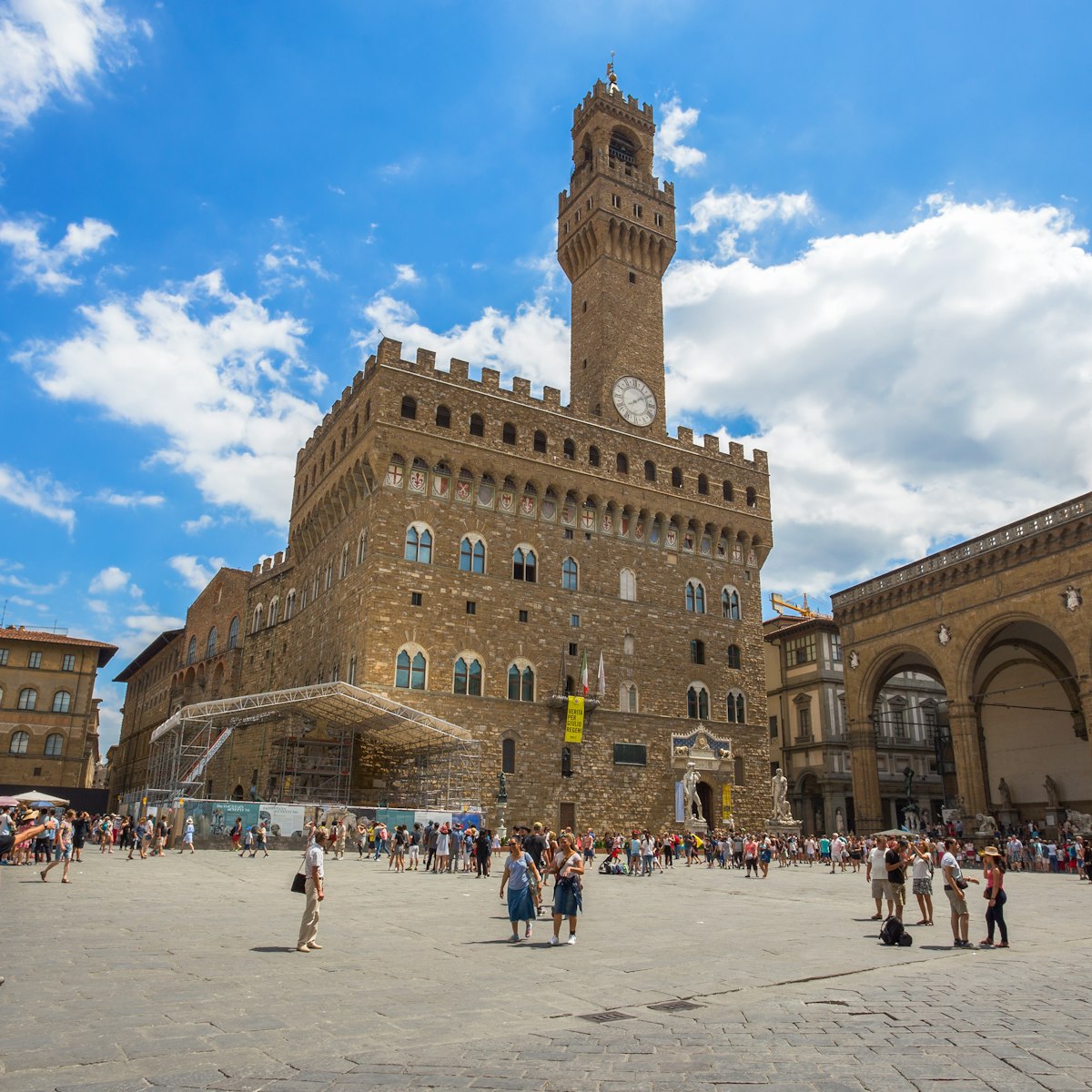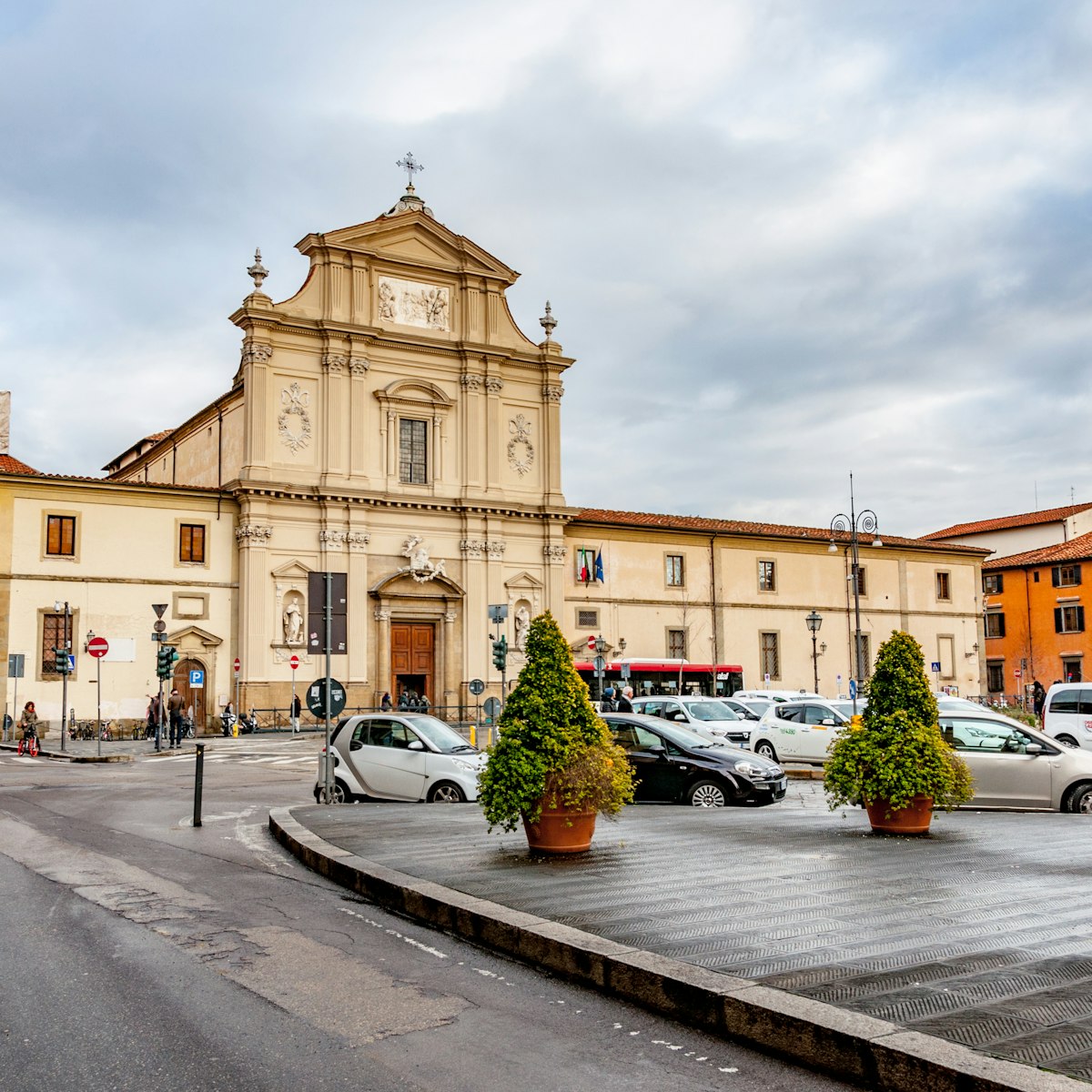This 1km-long covered passageway, currently closed for restoration work, connects Palazzo Vecchio with the Uffizi and Palazzo Pitti. Vasari designed it in 1565 to allow the Medici to wander between their palaces in privacy and comfort. When the €10-million renovation is complete in 2021, visitors will follow in Medici footsteps past a line-up of antique statues, 16th-century frescoes once adorning the corridor's external walls, and memorials to Florence bombings in 1944 and 1993. Guided visits by Firenze Musei will be by reservation only.
In the 17th century the Medici strung the corridor with hundreds of artworks, including self-portraits of Andrea del Sarto, Rubens, Rembrandt and Canova.
The original promenade incorporated tiny windows (facing the river) and circular apertures with iron gratings (facing the street) to protect those who used the corridor from outside attacks. But when Hitler visited Florence in 1941, his chum and fellow dictator Benito Mussolini had big new windows punched into the corridor walls on Ponte Vecchio so that his guest could enjoy an expansive view down the Arno from the famous Florentine bridge.
On the Oltrarno, the corridor passes by Chiesa di Santa Felicità, thereby providing the Medicis with a private balcony in the church where they could attend Mass without mingling with the minions. Stand in front of the Romanesque church on Piazza di Santa Felicitià and admire the trio of arches of the Vasari Corridor that runs right above the portico outside the otherwise unnotable church facade. Inside, walk towards the altar and look backwards to see the Medici balcony up high (and imagine the corridor snaking behind it).








